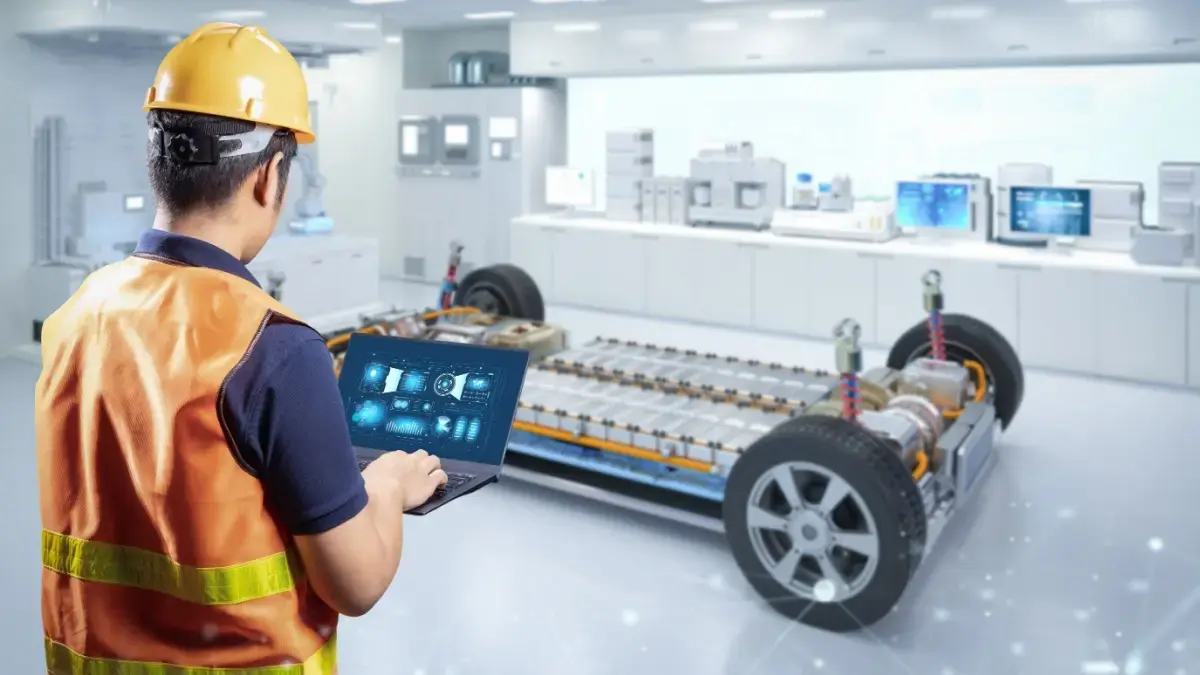China has recently unveiled a revolutionary technology for electric vehicles, marking a significant shift in the industry. With the battery swapping system, users will be able to change their batteries in just a few minutes, eliminating the long and stressful wait times at traditional charging stations. CATL’s Choco-Swap stations aim to install 1,000 stations by 2024, eventually reaching up to 30,000, which will radically transform the charging experience while raising questions about standardization and infrastructure costs.
The essence of the information
- China reveals a revolutionary EV technology with battery swapping.
- Batteries can be swapped in just a few minutes, eliminating long charging times.
- Choco-Swap stations (CATL) will replace traditional charging stations, with 1,000 stations expected in 2024.
- Challenges such as standardization and infrastructure costs may hinder the adoption of this technology.
Is this the end of charging stations?
China is on the verge of making a massive leap forward in the electric vehicle (EV) sector with its new battery swapping technology. This innovation could completely change the way users charge their vehicles, allowing them to swap out their batteries in just a few minutes instead of waiting for hours for a standard charge.
Toward a New Charging Experience
The Choco-Swap stations, developed by the Chinese giant CATL, are designed to replace traditional charging stations. Thanks to this infrastructure, EV users will no longer have to worry about searching for charging points, as all they need to do is go to a battery swapping station to continue their journey without interruption.
An Ambitious Rollout
CATL plans to install 1,000 stations by 2024, with a long-term goal of reaching 30,000. This development could radically change users’ charging experience and increase the appeal of electric vehicles on the market. By enabling batteries to be swapped, charged, and recycled without the need for a connection, these stations aim to provide a practical and fast solution.
Challenges to Overcome
The transition to this new battery swapping system is not without challenges. The standardization of batteries among different manufacturers poses a significant hurdle that could impede the widespread adoption of this technology. Without uniformity in battery types, it will be difficult to integrate this solution into all existing electric vehicle models.
Infrastructure Costs
Another concern is the high infrastructure costs associated with the installation of a comprehensive network of Choco-Swap stations. The funding and management of this infrastructure could present a significant challenge, especially in regions where the electric vehicle market is not yet fully developed.
Global Competition
Globally, the competition is increasing between fast-charging systems and battery swapping solutions. Other countries, such as the United States with Ample and Norway with NIO, are also exploring this model in an attempt to capture consumer interest. This international dynamic could play a key role in the accelerated adoption of electric vehicles, driven by more efficient charging options.
What is this 50,000 km underwater cable that Meta plans to roll out across five continents
Flexibility for Users
This innovative model also promises unprecedented flexibility and speed for users. Consumers will have the option to either rent or buy batteries, making them less dependent on the previous charging infrastructure. This flexibility could not only enhance the user experience but also promote the broader acceptance of electric vehicles in society.

